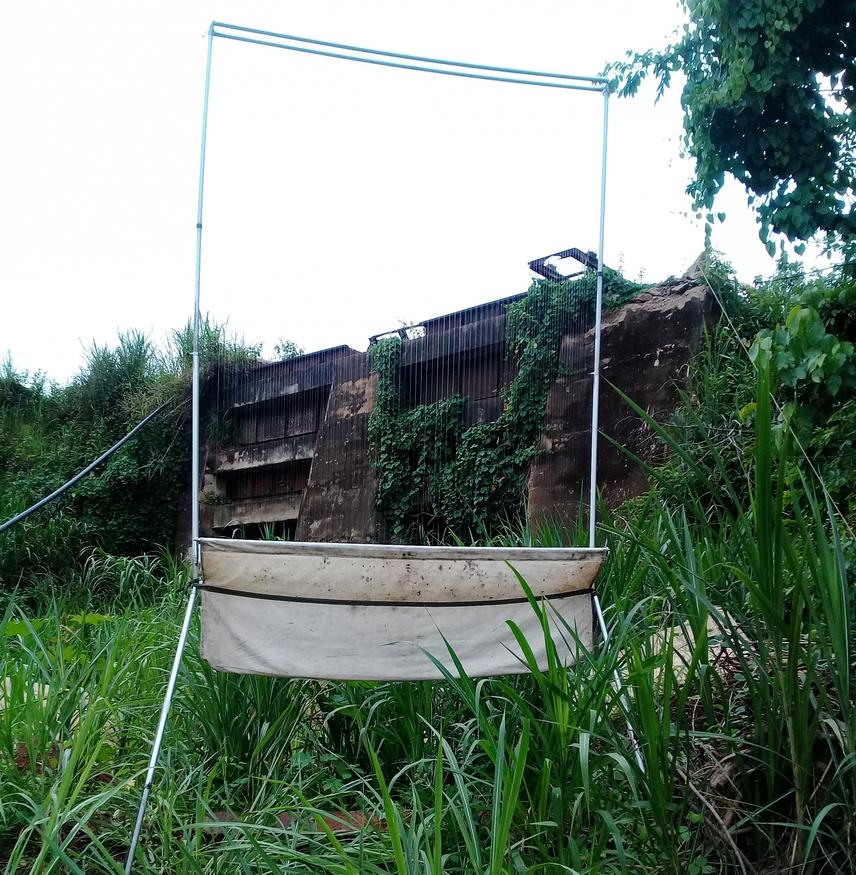Prince Kaleme
Other projects
14 Aug 2002
Habitat Preference and Distribution of Small Mammals in and Around Kahuzi Biega National Park (KBNP), Eastern DRC
15 Jul 2013
Bat Conservation in the Mount Hoyo Forest Reserve, Eastern Democratic Republic of Congo
19 Mar 2015
Bat Conservation in the Mount Hoyo Forest Reserve, Eastern Democratic Republic of Congo
27 Jun 2019
Protection of Caves, Forests and Roost Sites of Bat in the North Eastern Democratic Republic of Congo
The aim of the project is to monitor bats at Mount Hoyo and sensitize local stakeholders, associating hem in the management of the reserve and to make the management plan in order to reduce the threat to bat roosts ad habitats.

Bats captured in a harp trap, ready to be removed, measured and released at Kibali Gold Mining
Mount Hoyo is a unique site in the region where bats roost. The bat populations have been stable for years. The beauty of the caves and the numbers of bats in caves are something that makes it unique. We have recorded some species and the list is being completed while continuing monitoring population and recording new species. A database of species of the reserve is being built while we continue the inventory of bats in the site and the nearby areas. Other mammal species recorded in the reserve are also added in the database when we monitor populations in collaboration ICCN (the Congolese Institute for Nature Conservancy). The fact that little is known of the diversity of bats and bats being the most hunted vertebrates in the area has motivated us to rectify this situation and work to change the local people's perceptions on bats.
In assessing the bat diversity and raising awareness to local populations, the bat roosts in the reserve will be surveyed and monitored by rangers and some of the threats will be minimized. Additional records from this phase will be added to the existing list to constitute the baseline data for conservation in situ of the site. Community awareness and sensitization will be carried out where teams will discuss with local communities and local chiefs (main stakeholders) to agree on possible co-management schemes that could benefit both wildlife managers and communities. The stakeholders will also be associated in the work of the management plan that will make a substantial step for the conservation of the site, insisting in the co-management of natural resources with the local populations.